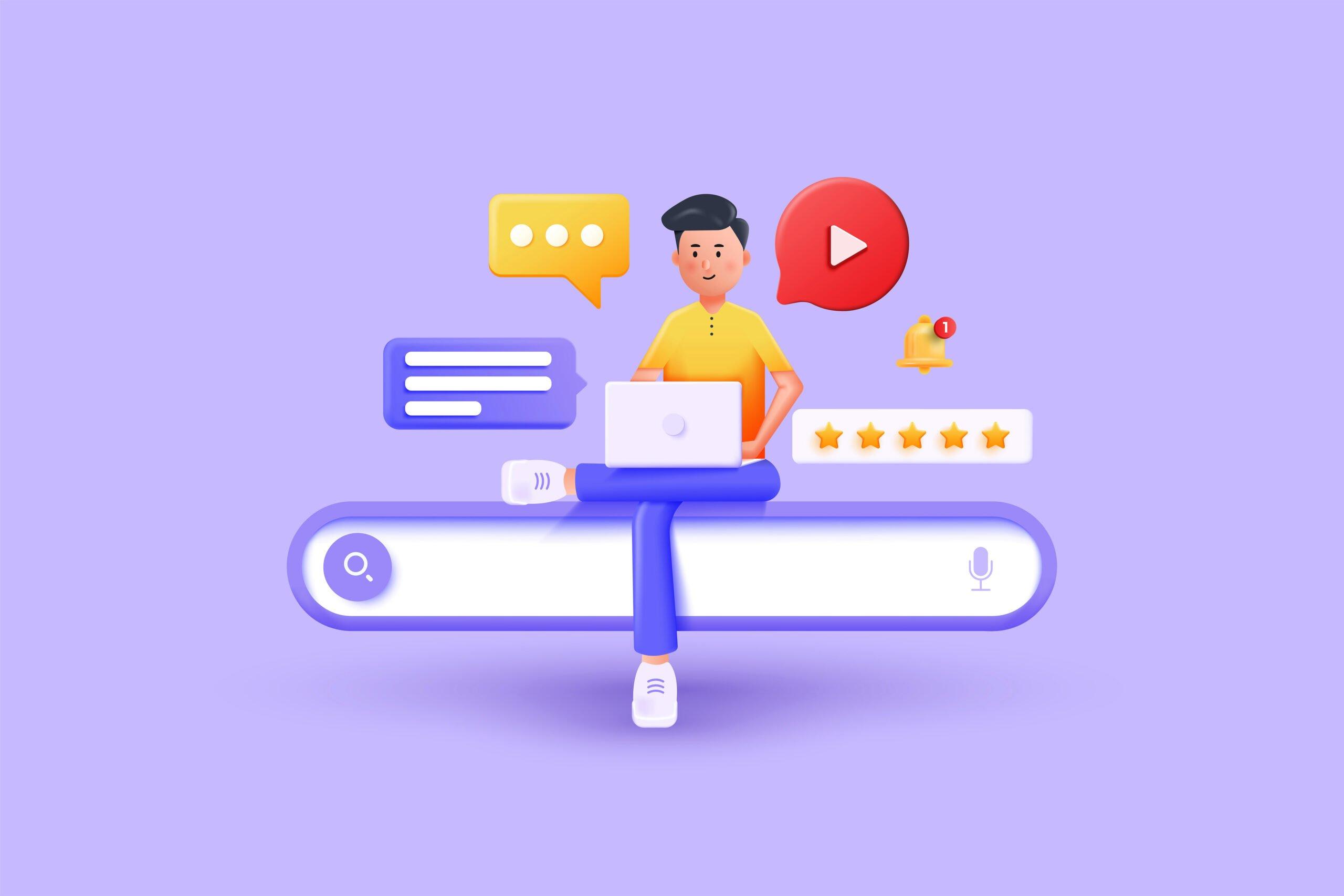Aligned Position Web Design: Tailor-Made Web Design Solutions for Maximum User Engagement
Aligned Position Web Design: Tailor-Made Web Design Solutions for Maximum User Engagement
Blog Article
The Most Effective Kinds of Website Design to Enhance Customer Experience and Involvement
In the ever-evolving landscape of electronic interaction, the efficiency of Web style significantly impacts user experience and involvement. Numerous design techniques, such as minimal, receptive, and interactive formats, each offer distinct advantages that can provide to diverse customer demands.
Minimal Web Design
As digital landscapes become progressively chaotic, minimal website design has actually arised as a powerful strategy to improving customer experience. This style approach prioritizes simplicity, focusing on vital aspects while getting rid of unnecessary disturbances. By making use of enough white space, simple navigating, and a restricted shade scheme, minimalist layout cultivates clearness and guides individual focus to key web content.
The core concept of minimal Web design is to produce a smooth interaction for customers. By decreasing cognitive load, customers can swiftly understand info without really feeling bewildered. This direct method not only enhances use yet also urges interaction, as site visitors are more probable to discover a website that is aesthetically attractive and easy to navigate.
Furthermore, minimalist design usually stresses typography and images, utilizing these aspects purposefully to share messages properly. In essence, minimal Web design is not simply a pattern; it is a thoughtful method that acknowledges the significance of user-centered layout.
Receptive Web Layout
In today's diverse digital atmosphere, receptive website design has actually come to be crucial for producing a smooth individual experience throughout a multitude of devices. As users accessibility websites on mobile phones, tablets, laptops, and desktop computers, the capacity of an internet site to adapt its design and web content to different display dimensions and resolutions is important.
Responsive Web style uses flexible grids, photos, and CSS media inquiries to ensure that Web material is offered efficiently, regardless of the tool made use of. This strategy not just improves the visual appeal of a website yet additionally substantially enhances use. Customers are most likely to involve with a site that supplies a regular experience, as it gets rid of the irritation of needing to zoom in or scroll exceedingly.
Additionally, search engines, consisting of Google, focus on mobile-friendly web sites in search rankings. By taking on responsive design, businesses can enhance their exposure and reach a broader audience. This method additionally streamlines internet site upkeep, as a solitary version of the site can deal with all tools, decreasing the requirement for several versions. In summary, responsive Web layout is a basic technique that enhances individual experience, interaction, and total satisfaction.
Interactive Web Design
Receptive website design prepares for improving customer experience, yet interactive Web style takes this an action further by involving users in an extra dynamic way - Aligned Position Web Design. By including elements such as animations, clickable prototypes, and real-time feedback, interactive Web design captivates individuals, attracting them into a richer browsing experience
This approach not just fosters interaction yet also urges customers to discover content proactively as opposed to passively consuming it. Methods such as gamification, where customers make rewards for finishing jobs, can substantially enhance the time invested in a site and boost overall contentment. Additionally, interactive functions can streamline intricate info, making it a lot more enjoyable and digestible.

Integrating interactive style elements can additionally lead to higher conversion rates, as customers are most likely to involve with a site that proactively entails them. Aligned Position Web Design. Inevitably, interactive Web style changes user experiences right into remarkable journeys, making certain that visitors return time after time
Flat Layout
Characterized by its minimalistic technique, level layout stresses simpleness and capability, removing unnecessary elements and concentrating on vital functions. This style philosophy focuses on use, ensuring that users can navigate additional resources user interfaces easily and effectiveness. By utilizing a clean aesthetic, flat design eliminates the mess frequently discovered in much more ornate styles, therefore boosting individual focus on material and functionality.
The hallmark of level layout depends on its use of bold shades, straightforward typography, and geometric forms. These aspects contribute to an aesthetically enticing user interface that is both contemporary and approachable. Furthermore, flat layout promotes a sense of clarity, permitting individuals to discern important actions and details without disturbance.
Moreover, flat design is specifically effective in receptive Web layout, as its simplicity equates well throughout various devices and screen dimensions. By concentrating on vital attributes, flat style not just fulfills customer needs however additionally encourages seamless interaction, making it a crucial part of effective Web design strategies.
Flexible Website Design
Adaptive website design personalizes the customer experience by developing numerous repaired designs customized to various display dimensions and tools. Unlike receptive design, which fluidly changes a solitary design, flexible style utilizes unique designs for details breakpoints, guaranteeing optimal presentation on various platforms. This approach allows designers to concentrate on the distinct attributes of each gadget, improving functionality by providing precisely what customers need based upon their context.
One of the main advantages of adaptive Web layout is its capacity to optimize lots times and efficiency. By offering tailored material and pictures that fit the individual's device, sites can minimize information use and improve loading rates. This is particularly useful for users with slower connections or minimal data strategies.

Furthermore, flexible design assists in an extra consistent and controlled branding experience. Given that designers produce numerous layouts, they can make sure that the aesthetic elements line up with the brand name's identification throughout different systems - Aligned Position Web Design. This results in a cohesive individual experience, boosting engagement and promoting individual retention
Final Thought
Minimalist style fosters quality and focus, while receptive style makes sure flexibility across numerous tools, promoting accessibility. Collectively, these design comes close to add to the creation of straightforward settings check over here that not just boost satisfaction however likewise drive higher conversion rates, emphasizing their important importance in contemporary Web style strategies.

Minimal style cultivates quality and focus, while receptive style ensures flexibility across numerous tools, advertising availability. Collectively, these style approaches add to the creation of straightforward settings that not just enhance complete satisfaction but likewise drive higher conversion rates, emphasizing their important value in contemporary Web style techniques.
Report this page